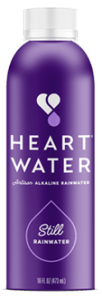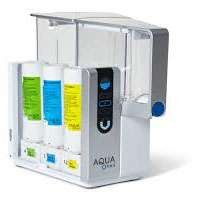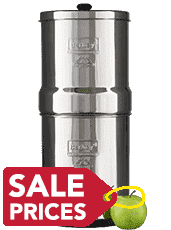- Home
- Health
- Water Softener Guide
- Water Treatment
Private Sewers & Septic Systems
- About Private Sewers Sysytem And Septic Systems
- Lateral Root Notification Program
- Fats, Oil & Grease
- Spills & Black Water Valves
- Help Protect The Enviroment
- Septic Systems
- About
How Much Water to Drink: A Guide
How much is too much?
Is there a one-size-fits-all amount?
There isn’t a universal amount that fits everyone. People have different hydration needs based on various factors.
Factors Influencing Water Intake:
- Body Weight: As a general guideline, dividing your weight (in pounds) by 2 gives an approximate value (in ounces) of how much water you should consume daily.
- Activity Level: Physical activity and sweating can increase your body’s water requirements.
- Environmental Conditions: Living or working in hot or dry conditions can increase water loss.
- Diet: Consuming salty foods or caffeinated drinks can sometimes increase the need for water.
- Health Conditions & Medication: Some medications and conditions might affect water needs. Always consult a healthcare professional if you have concerns.
General Recommendations:
- The Center for Human Nutrition suggests around 3.7 liters (15 cups) per day for men and 2.7 liters (11 cups) per day for women.
- The Institute of Medicine aligns with this, suggesting around 125 ounces (3.7 liters) for men and 91 ounces (2.7 liters) for women.
- Remember, these values are not just for plain water. They include all beverages and moisture from food.
Water and Weight Loss:
Drinking water can aid in weight loss. Consuming 500ml of water about half an hour before meals can promote weight loss, as it can make you feel more full, resulting in eating less.
How to Tell if You're Drinking Too Much:
- If drinking causes discomfort or pain.
- If you have to force yourself to drink even when not thirsty.
- If your urine is consistently clear and you’re urinating excessively.
Key Takeaway:
Listen to your body. Feeling thirsty is a clear signal to drink, and the color of your urine can also be an indicator – aiming for a pale straw color is typically a good sign. Remember to adjust your water intake based on your activity level, environment, and health conditions. If in doubt or experiencing health issues, always seek guidance from a medical professional.
Scientific References
- Semeco, A. (2017, July 31). “Waterintoxication – when you drink too muchwater.” Medical News Today.
- Farrell DJ, Bower L (Oct 2003). “Fatal waterintoxication”. Journal of Clinical Pathology. 56 (10): 803–804. PMC 1770067
- Semeco, Arlene. “Waterintoxication – when you drink too much…” Medical News Today. MediLexicon, Intl., 31 Jul. 2017. Web.
8 Sep. 2017. <http://www.medicalnewstoday.com/articles/318619.php> - Valentine Low; Evening Standard (3 July 2003). “Actor tells of wateroverdose”. Evening Standard. Retrieved 31 August 2015.
- Noakes TD, Speedy DB (July 2006). “Case proven: exercise associated hyponatraemia is due to overdrinking. So why did it take 20 years before the original evidence was accepted?”. British Journal of Sports Medicine. 40 (7): 567–72.













